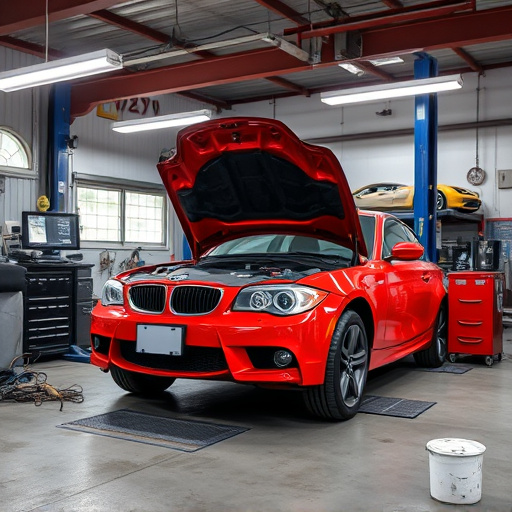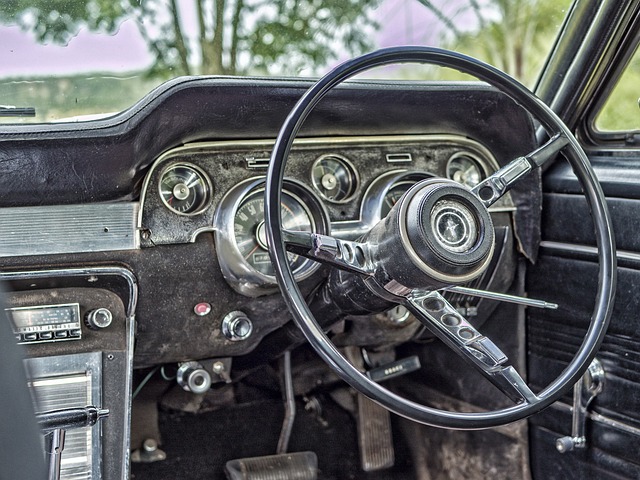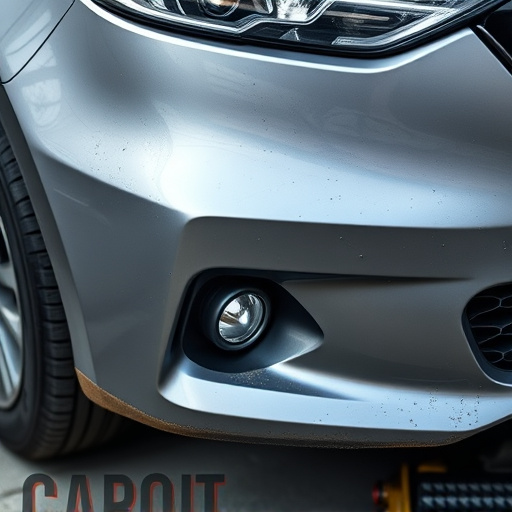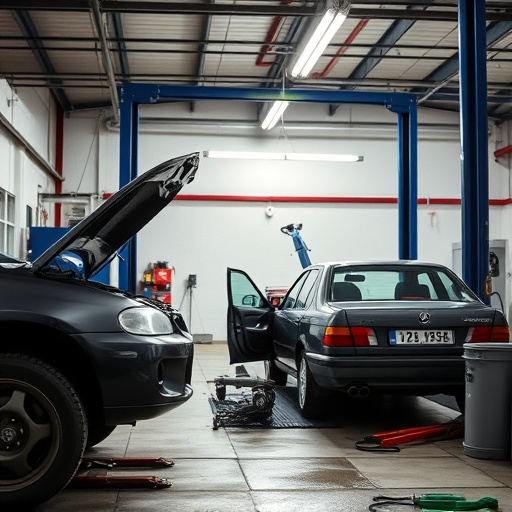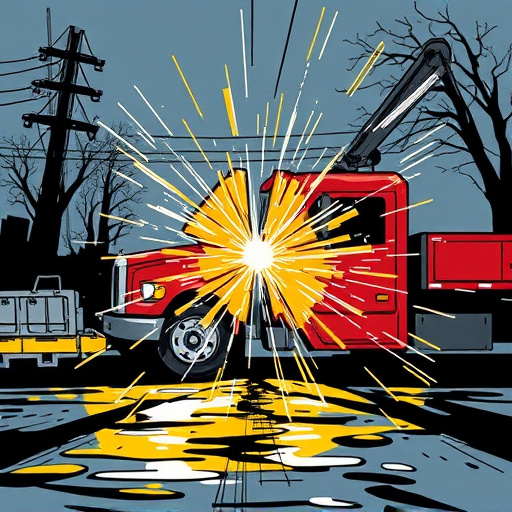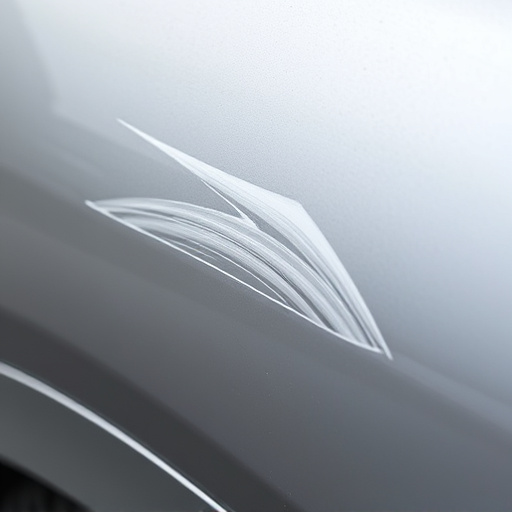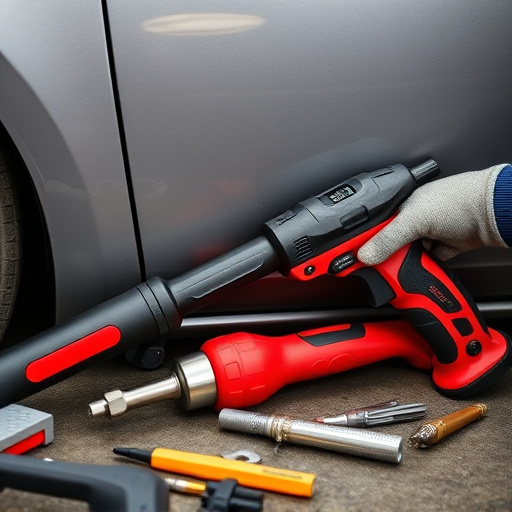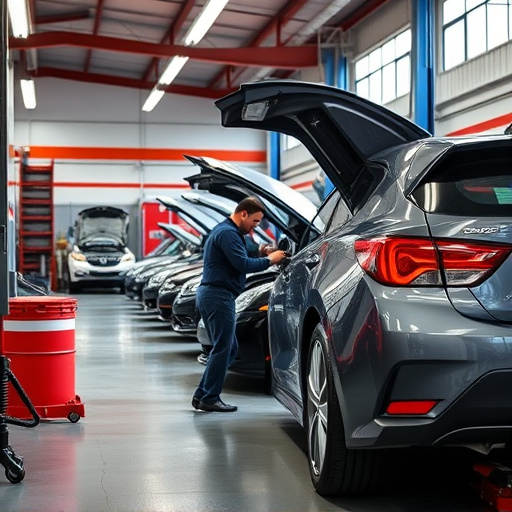Advanced sensors and technologies like LiDAR, radar, and cameras revolutionize customer safety assurance in the automotive industry by enabling vehicles to perceive surroundings accurately, preventing hazards with features like adaptive cruise control and lane departure warnings, and protecting occupants through integrated safety systems. Autonomous driving brings new challenges, such as heightened cybersecurity requirements. Data analytics transform customer safety by predicting and mitigating risks through real-time data collection, improving repair quality in body shops via customer feedback integration.
Vehicle technology is revolutionizing customer safety assurance protocols. Advanced sensors, autonomous driving capabilities, and data analytics are transforming how we perceive and mitigate risks on the road. By leveraging these innovations, manufacturers are enhancing active and passive safety features, creating a more secure driving experience. This article explores these key areas—advanced sensors and customer protection, autonomous driving: enhancing safety protocols, and data analytics for proactive risk mitigation—to understand their profound impact on customer safety.
- Advanced Sensors and Customer Protection
- Autonomous Driving: Enhancing Safety Protocols
- Data Analytics for Proactive Risk Mitigation
Advanced Sensors and Customer Protection
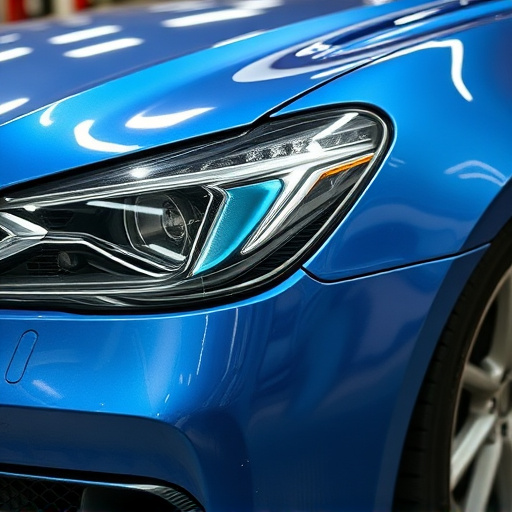
Advanced sensors play a pivotal role in enhancing customer safety assurance protocols within the automotive industry. These technologies, integrated into modern vehicles, offer a multitude of benefits, from collision avoidance to pedestrian detection. By utilizing sensors like LiDAR, radar, and cameras, vehicles can perceive their surroundings with unprecedented accuracy, enabling them to make real-time decisions to mitigate potential hazards. For instance, adaptive cruise control systems use these sensors to maintain a safe distance from other cars, while lane departure warnings can alert drivers of unintentional deviations.
Furthermore, advanced sensor technology extends its protective reach beyond the vehicle itself. Integrated safety features like auto glass repair and car body repair mechanisms are now designed to minimize the impact of collisions, protecting both passengers and bystanders. These innovations not only reduce the severity of injuries but also ensure that regular maintenance and repairs, such as car damage repair, are performed using state-of-the-art techniques, further enhancing overall customer safety assurance.
Autonomous Driving: Enhancing Safety Protocols
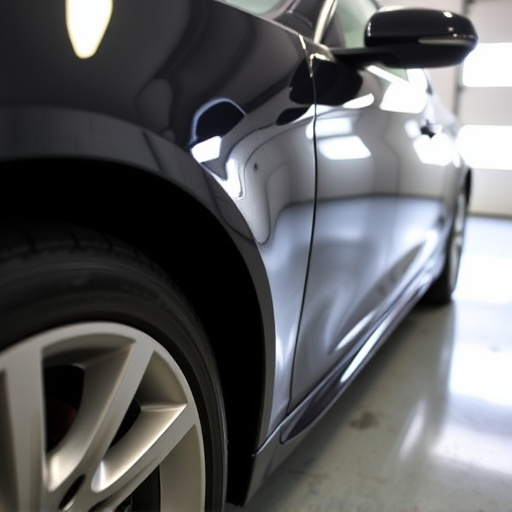
The advent of autonomous driving technology is transforming customer safety assurance protocols in the automotive industry. As vehicles become more self-sufficient, advanced safety features like collision avoidance systems, adaptive cruise control, and lane keeping assist play a pivotal role in preventing accidents and protecting passengers. These technologies leverage sensors, cameras, and sophisticated algorithms to perceive their surroundings, making real-time decisions to ensure safe navigation.
This shift towards autonomous driving necessitates updated safety standards and protocols for the entire vehicle lifecycle. While these new technologies significantly enhance customer safety assurance, they also introduce unique challenges, such as the need for robust cybersecurity measures to protect against potential hacks. Moreover, as self-driving cars become more prevalent, traditional collision repair shops may need to adapt their services, focusing more on repairs stemming from human error rather than accidents caused by technical malfunctions.
Data Analytics for Proactive Risk Mitigation
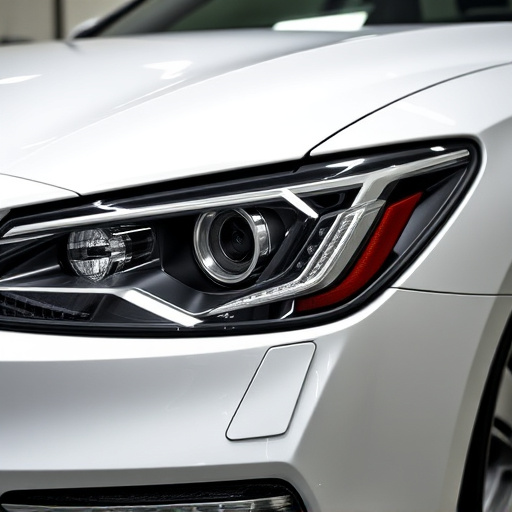
Vehicle technology has revolutionized customer safety assurance protocols by leveraging data analytics for proactive risk mitigation. Advanced sensors and connected car systems collect vast amounts of data in real-time, allowing manufacturers to identify potential hazards before they occur. This predictive analysis enables proactive measures to be taken, enhancing overall safety standards. For instance, vehicle dynamics monitoring can detect drift or loss of control, triggering automated safety features like emergency braking or stability control.
This data-driven approach extends beyond the manufacturing floor to automotive body shops and car paint services. By integrating customer feedback and incident reports into their analytics, these facilities can anticipate common issues and tailor their service protocols accordingly. This proactive risk management not only improves the quality of repairs but also ensures that customers receive optimized solutions, ultimately strengthening consumer trust in both the vehicle and the after-sales care they receive, such as body shop services.
Vehicle technology has revolutionized customer safety assurance protocols, leveraging advanced sensors for comprehensive protection, autonomous driving capabilities for enhanced safety, and data analytics for proactive risk mitigation. These innovations collectively ensure a new era of secure and efficient mobility, where technology acts as a vigilant guardian on the road. As these advancements continue to evolve, customers can expect even greater peace of mind while traveling.
